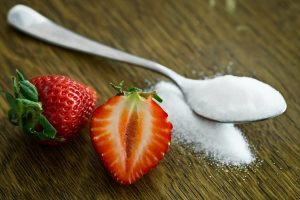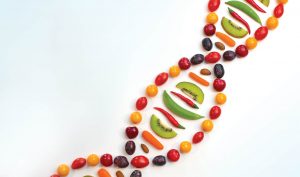Fueling to Reach Your Potential
Have you ever asked yourself “What can I eat right now to give me sustained energy for everything I need to get done today?”
We’re all familiar with the advice to eat more fruits and vegetables. What we also need to know is which fruits and vegetables to eat to get the most benefits from our food.
This is the first post in a series on how to choose fruits and vegetables with the most nutrients, flavor and freshness.
Inspiration

A while back I picked up an excellent book titled Eating on the Wild Side by Jo Robinson. Robinson details how to select, store, and prepare foods to reclaim the nutrients and flavor we’ve lost through decades of breeding fruits and veggies to be more palatable. Much of what I’ll share in this series is directly sourced from or inspired by her book. It’s a valuable resource which I highly recommend you purchase from your local bookstore.
Aren’t all fruits and vegetables basically the same?
As it turns out, no.
An apple is not an apple. A tomato is not a tomato.
One tomato on the supermarket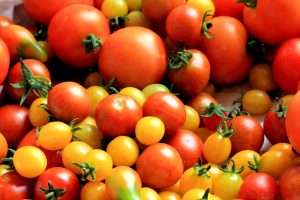 table, for instance, can have ten times the amount of nutrients as the next. How can we know which to select to get the most nutrients and flavor? More on that to come.
table, for instance, can have ten times the amount of nutrients as the next. How can we know which to select to get the most nutrients and flavor? More on that to come.
There is also a common belief that heirloom varieties are superior in nutrition to modern fruits and veggies, but this is not always true.
For example, the Golden Delicious apple, a 100 year heirloom, has half the nutrients of the Liberty apple, which was released 75 years later. Heirloom crops have a variety of other advantages which I will not go into here, but choosing heirlooms is not always a guarantee of superior nutrition, which is our current focus.
What have we lost?
As our ancestors began to take cuttings of wild plants to grow in gardens, they selected varieties that were tender, low in bitterness and astringency, and high in sugar, starch, or oil. Plants that were tough, seedy, bitter, or in any other way unpleasant to eat were left behind in the wilderness.
This transformation of our native plants into our supermarket varieties has resulted in the loss of vitamins, minerals, protein, fiber, and healthful fats. Some of the varieties in our supermarkets are so low in nutrients and high in sugar that they actually contribute to health issues rather than alleviate them.
The ancestor to the banana, for example, is a fruit which comes in many different shapes, colors, and sizes. It’s full of hard seeds, and has a peel which is so thick and firm that it must be peeled with a knife. Thousands of years of selecting for certain traits has yielded the Cavendish banana, the variety we see in our supermarkets, with sweet and soft flesh, nearly non-existent seeds, and a peel that comes off easily.
Most nutrition experts agree that a healthy diet is high in fiber and low in sugar. Keeping our blood sugar at optimum levels is linked to a reduced risk of cancer, cardiovascular disease, chronic inflammation, obesity, and diabetes-the primary ailments of modern civilization.
With the shift in our diet from wild foods to an industrialized food system, we’ve not only experienced a loss in nutrition, but also in flavor. Every aspect of farming has become mechanized and produce now spends days or weeks in transport and storage before it is eaten. This results in fewer nutritients, picking before ripeness, and higher acidity and bitterness.
Eating Wild
Phytonutrients are the substances plants produce to protect themselves from insects, disease, UV light, weather, and animals. These phytonutrients are antioxidants for our bodies. Among the many potential health benefits of consuming plants with high amounts of phytonutrients is the protection we get from free radicals, which can inflame our artery linings, turn normal cells cancerous, damage our eyesight, and intensify aging.
Wild plants contain the highest levels of phytonutrients, and therefore, nutrition and flavor. It’s not likely that most modern humans are going to hunt and forage for most of their food. What we can do though is learn how to select the freshest, most nutrient dense varieties that are available to us at markets.
In the Kitchen
How you store, prepare, and cook your produce will also impact nutrition and flavor. You can reduce, maintain, or enhance their flavor. Cooking techniques change the bioavailability (ability to be absorbed by our bodies) of certain nutrients.
Potatoes, for example, can be stored for months without impacting their nutrition, while broccoli begins to lose it’s cancer-fighting compounds within 24 hours of picking. Simmering tomatoes for hours, as in traditional Italian sauces, not only enhances flavor, but triples it’s lycopene content.
Let Food Be Thy Medicine…
As the title of Robinson’s books states, we can learn to eat on the wild side. We can learn which varieties to select for optimal nutrition, flavor and freshness. We can learn how to use them.
The part of my brain which enjoys trying to optimize everything loves to know that I’m getting the most nutritional bang for my buck. Knowing how to select for optimal freshness, flavor, and nutrition reassures me that I’m spending my hard-earned money on the best available option.
Each post in the remainder of this series will focus on a different group of vegetables or fruits. I will name specific varieties that Robinson discovered through researching thousands of studies in the US and abroad. I will detail simple storage and cooking techniques that enhance nutrition and flavor.
As in the famous Hippocrates saying, discover how food as medicine can truly become a daily practice.
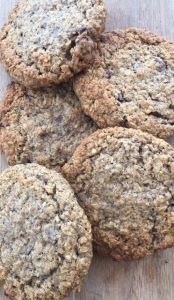
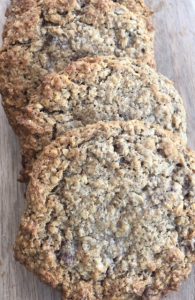

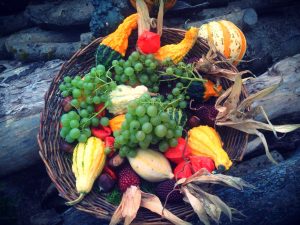


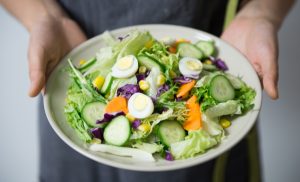

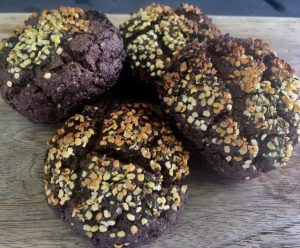
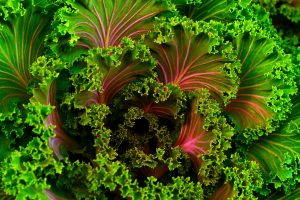
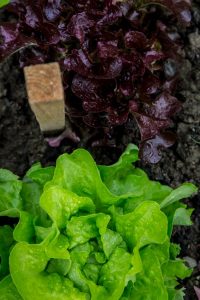

 table, for instance, can have
table, for instance, can have 